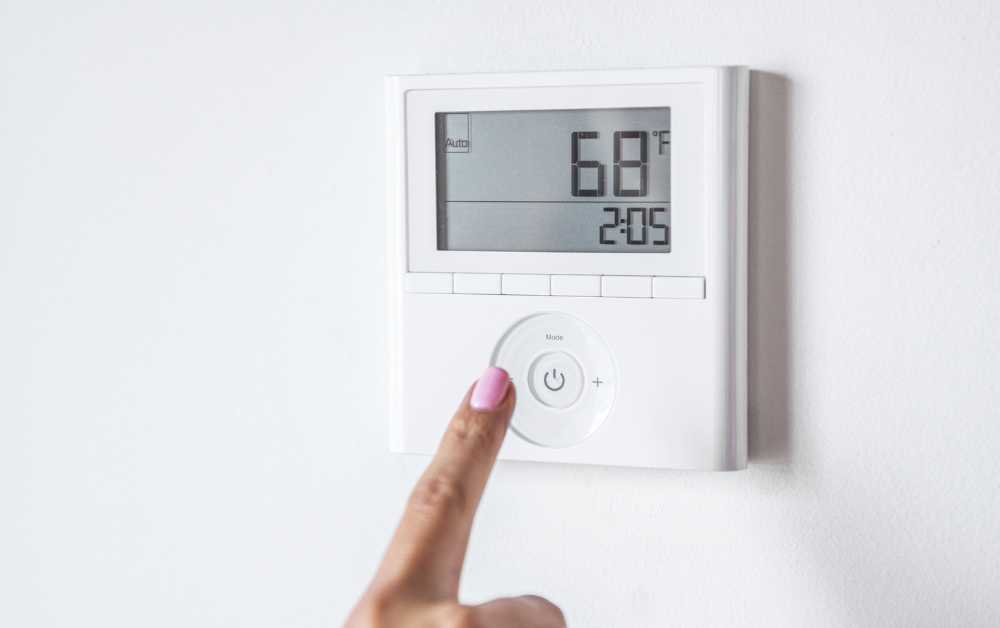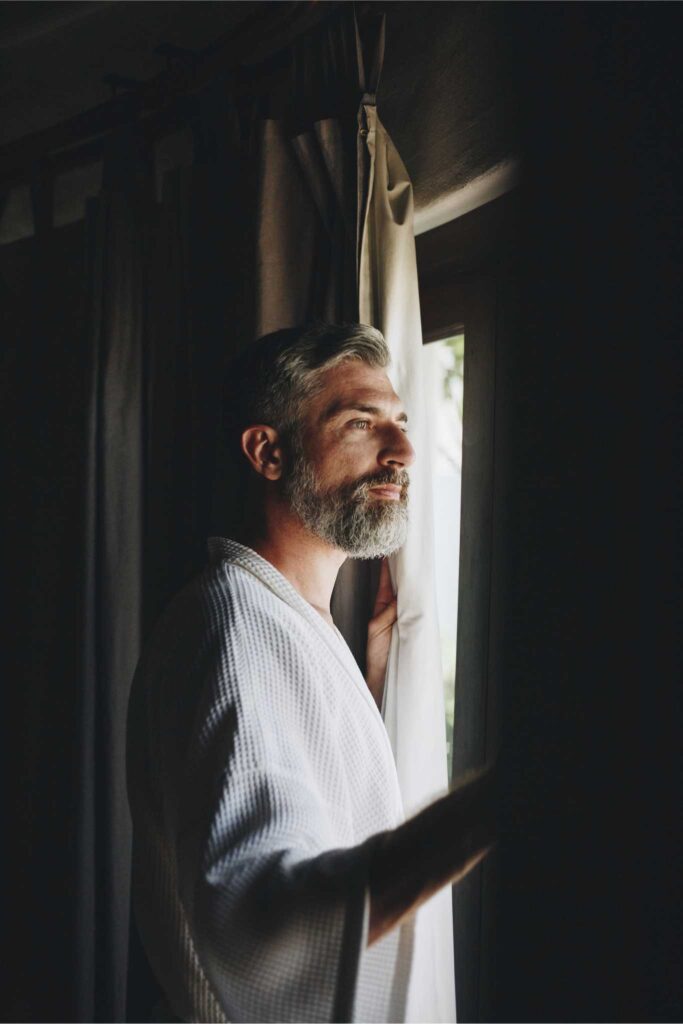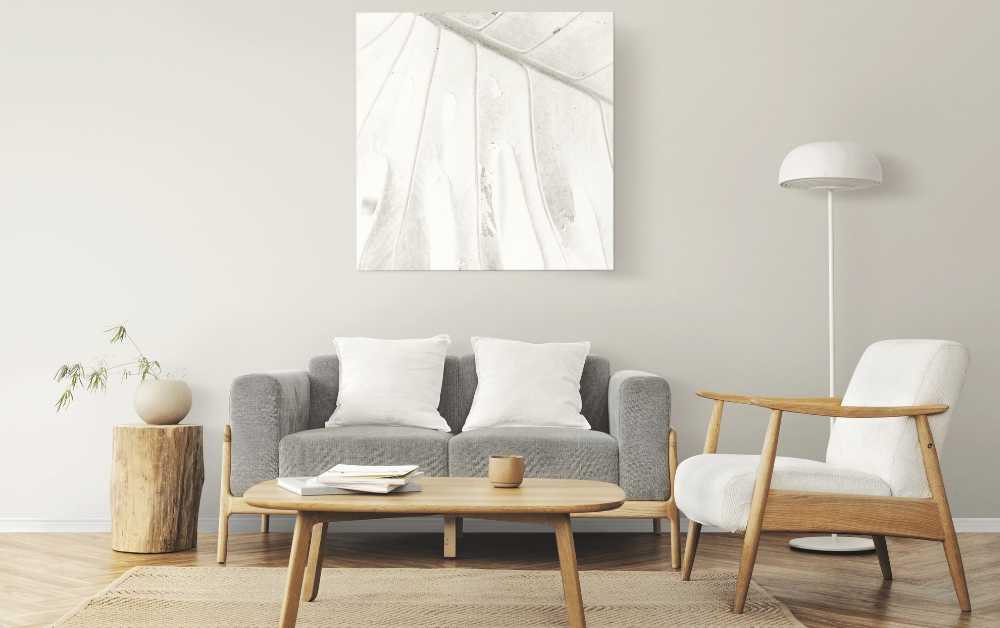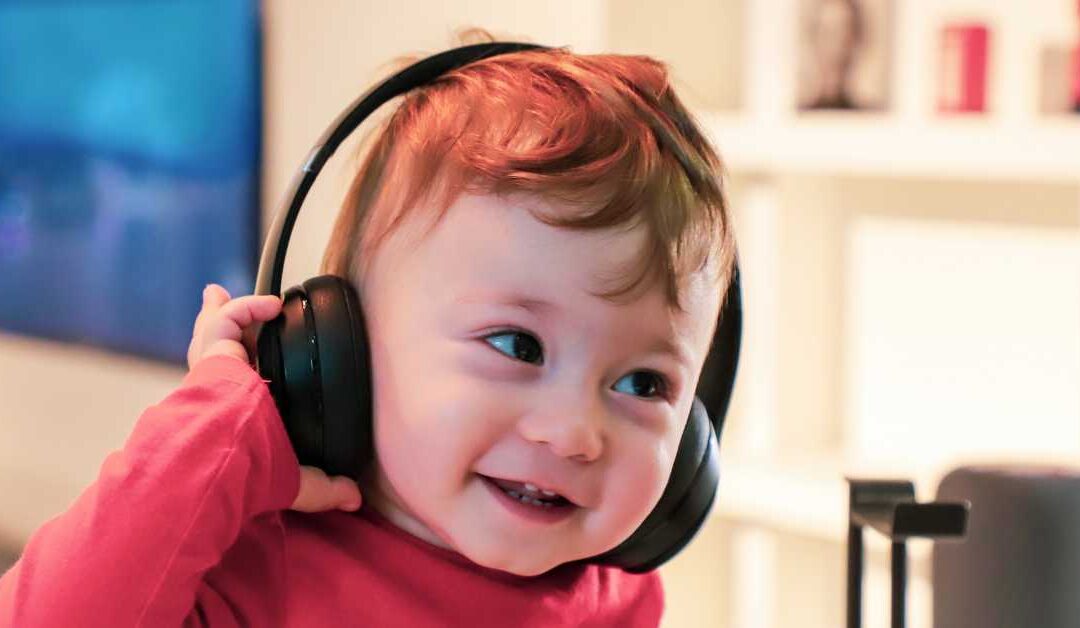Updated on September 19, 2024
Autism spectrum disorder (ASD) has touched the lives of almost everyone on the planet. About 20 million families around the world have at least one member with autism, according to the International Board of Credentialing and Continuing Education Standards (IBCCES). But despite the prevalence of ASD, there is a limited supply of lodging that specifically caters to travelers with autism, especially families with a child on the spectrum.
These families need a vacation with accommodations and attractions where children or adults with autism are safe, welcome and supported. By making your short-term rental autism-friendly, you can help these families finally take a needed vacation and open your business up to a $262 billion underserved market. The modifications required also involve a small financial investment that reaps big rewards for you and the autism community.
What is ASD?
Autism is a bio-neurological disorder that impairs social interaction, communication, and cognitive function. The disorder often comes with other medical conditions such as allergies, asthma, epilepsy, digestive disorders, persistent viral infections, sensory integration dysfunction, sleeping disorders, and feeding disorders, according to the National Autism Association. (Different from an eating disorder, a feeding disorder is when a child refuses to eat certain food groups, textures, colors, flavors, or presentations or has a fear of trying new foods.)
The spectrum ranges from high-functioning to severe and can appear differently in each person. Severe, or “low-functioning,” forms include minimal ability or no ability to speak, seeming not to notice others, extreme sensitivity to crowds, noise, and bright lights and colors; epilepsy, insomnia, lower cognitive ability, and repetitive behaviors such as rocking back and forth, slamming doors, and moaning, according to the New Transitions Center.
High-functioning individuals with autism often face social challenges, literal thinking, and obsessive thoughts. Actor Anthony Hopkins who has Aspergers and comedian Jerry Seinfeld are examples of people with high-functioning forms of the disorder.
Reasons to make your STR autism-friendly
It’s the right thing to do
Becky Large, founder of the Champion Autism Network (CAN), is the mother of a 19-year-old son with autism.
When her son was younger, she avoided taking him on vacations or outings because she was afraid of the consequences of him becoming overwhelmed with sensory overload.
“It’s not knowing what to expect, when and where he would go off,” she said. “It’s hard to think that you’re going to spend hundreds of dollars to get into Magic Kingdom only for your child with autism to become completely overwhelmed and have a tantrum or a meltdown, and then you have to leave.”
About 87% of families with children on the spectrum do not take family vacations, according to a survey of 1,000 parents by Autism Travel. Yet, 93% of the same respondents said they would be more likely to travel if more autism services were available.
“That’s tragic,” Large said. “That’s an incredible number of people who aren’t traveling, who don’t feel supported, who are terrified like I was to even leave the house.”
She founded CAN in 2012 to expand the options of restaurants, attractions, and lodging where autism-affected families could find support and to organize sensory-friendly events for children with autism in South Carolina’s Myrtle Beach area. Families can also get an Autism Travel Card from CAN that they can show to participating businesses to receive support and extra services.
It’s a growing market
One in 44 children is diagnosed with autism, according to the Centers for Disease Control. And that rate has been increasing annually in part due to advances in awareness and diagnostics.
“If you think about all of the disposable income of those people who are just sitting home, it’s really a business proposition,” Large said. “It creates economic impact for the businesses that serve our people, and we’re a loyal and growing population.”
It’s relatively easy
Accommodating a guest with autism generally involves no changes in the layout or design of a home. Most of the home modifications required to meet the needs of someone with autism are low-cost surface changes like paint, lighting, insulation, and security gadgets.
How to accommodate guests with autism
Safety measures at your property
Safety is the paramount concern in hosting people, especially children, with autism, and it helps to have an understanding of the disorder.
“In general, our kids are escape artists,” Large said. “So you have to have a way to prevent them from escaping, whether that’s putting bells on the doors or a child-proof lock on the patio door.”
Child-proof locks, door alarms, bells, and pin locks in windows can all help to prevent, or slow down, an escape that could put a child in danger.
Some children with autism are drawn to water, which can present a danger to them but paradoxically also helps to soothe them when they’re overwhelmed.
For homes with close beach access, add fences or gates with child-proof locks around the property to prevent, or slow down, a child from running into the ocean before their guardian can catch them.
If there’s a pool at your property, consider adding a security fence and a gate with a child-proof lock. This is often required by insurance and, in many places, by law. Check your policies and local laws to be sure, but it is a smart practice regardless.
Read also: Vacation Rental Pool Safety Standards from Proper Insurance
Another option is to provide U.S. Coast Guard-approved life jackets that guests can put on children when they’re playing outside, according to David Flake, a blogger whose son has autism. Flake writes for Becoming rentABLE, a growing accessible property directory and education platform that promotes increasing the availability of accessible STRs.
Other important tips to keep guests safe are to remove breakables from the home, make sure you have rounded-edge furniture throughout the house, and turn off the icemaker during the family’s stay, as some children with autism are obsessed with ice. Additionally, anchor any televisions, shelves, or other large items that could be tipped over. Put all cleaning supplies and other chemicals in a locked storage area.
“Generally, anything extraneous that you don’t want to have broken I would remove,” Large said.
Light, noise, and air sensitivity
A common symptom of autism is sensitivity to certain types of noise and light and changes in temperature.

Avoid fluorescent lighting. Instead, choose natural or warm lighting with dimmer switches, which allow guests to adjust the lighting to their preferences, Flake advised.
As part of your regular maintenance schedule, remove any lights that flicker or make any kind of low sound. While a neurotypical individual might not notice, even a minor flicker or buzz from the lightbulb might feel intolerable for a person with autism.
Consider changing out your windows with low-emissivity glass. Low-E glass minimizes the infiltration of infrared and ultraviolet rays that come through the window without minimizing natural light. The glass also reflects heat from the outside and helps keep indoor temperatures consistent.
Installing blackout curtains in your home is a dual-purpose way to control light and heat while also providing a dark, quiet space for someone with sensory overload who needs to decompress.

Also be aware of glare throughout the home and how that might agitate someone with autism. Consider tinting or anti-glare coatings to reduce the glare from sunlight through windows, on TV and computer screens, and even on flooring
Properly installed insulation with an R-value of 30 or higher in floors, walls, and attics can help block noise infiltration from outside as well as reduce energy consumption and keep the indoor temperature closer to desired levels, Flake suggested. Acoustic paint on the interior walls also can help reduce noise transmission
into the home, he noted.
Energy Star heating and cooling systems, appliances, and lights also are recommended because they run quieter than low energy efficiency products.
Ventilation fans and sound machines can also be soothing additions for a guest with autism.
Avoid scented candles, room deodorizers, and cleaning products, which can aggravate guests with scent sensitivities or allergies.
Stay neutral
In addition to light and sound sensitivities, many people on the spectrum are overstimulated by certain colors. For instance, children with autism can perceive red as a fluorescent color and become agitated. Choosing a neutral color palette for your vacation rental can reduce visual overstimulation of your guests. Here’s a guide to choosing paint colors with ASD in mind.

When you select your paint color, make sure it’s non-glossy because glassy finishes can cause glare issues, Flake advised.
Soothing accessories
Welcome your guests with autism by providing accessories that help them to self-soothe when they are overwhelmed, such as:
- Weighted blankets to help provide a sense of security and calm during high-stress moments
- Noise-canceling headphones to give a person with autism the ability to mute out sound that is bothering them
- Swings, gliders, rocking chairs, or wobble cushions to give an outlet to those who need to rock to soothe themselves
Enhance your STR guest book with autism in mind
In your guest book, list the nearest emergency and non-emergency medical facilities and clinics and hours and after-hour contact information for health care providers, dentists, and pharmacists.
Include resources where your guests can find autism-friendly restaurants and attractions. Encourage your favorite local businesses to offer services to customers with autism and sign up for autism travel programs like CAN’s Autism Travel Card or the Autism Adventure Guide by Autism Travel.
As an independent host, you can apply for certification as an autism-friendly STR through Becoming rentABLE.
Read also: Becoming rentABLE: How Lorraine Woodward is making short-term rentals accessible to all
CAN also offers a training course on how to make your short-term rental autism-ready.
Help families with autism find your listing
Once you have modified your home to welcome guests with autism, make sure you list your property in places where families can find you. A good start is to list your property on Becoming rentABLE’s database of accessible properties, which has the industry’s first “IDD/Autism” friendly search filter.
Popular platforms like Vrbo and Airbnb have some accessibility filters but nothing specifically for autism, so it’s important to include keywords in your listing that communicate that you are an autism-friendly property, said Lorraine Woodward, CEO and founder of Becoming rentABLE. Include the words, “autism-friendly” in your title. For example, Lorraine’s Place, an autism-friendly property.
In your description, be sure to mention your autism-friendly features: Autism-friendly features include child safety locks on exterior doors, pin locks on windows, a fenced-in backyard, extra soundproofing in bedroom #3, ventilation fans, sound machine.
If you’re interested in making your property accessible to people with other disabilities, check out Becoming rentABLE’s downloadable guide to ADA in the RR Network.
…
GET UPDATES

